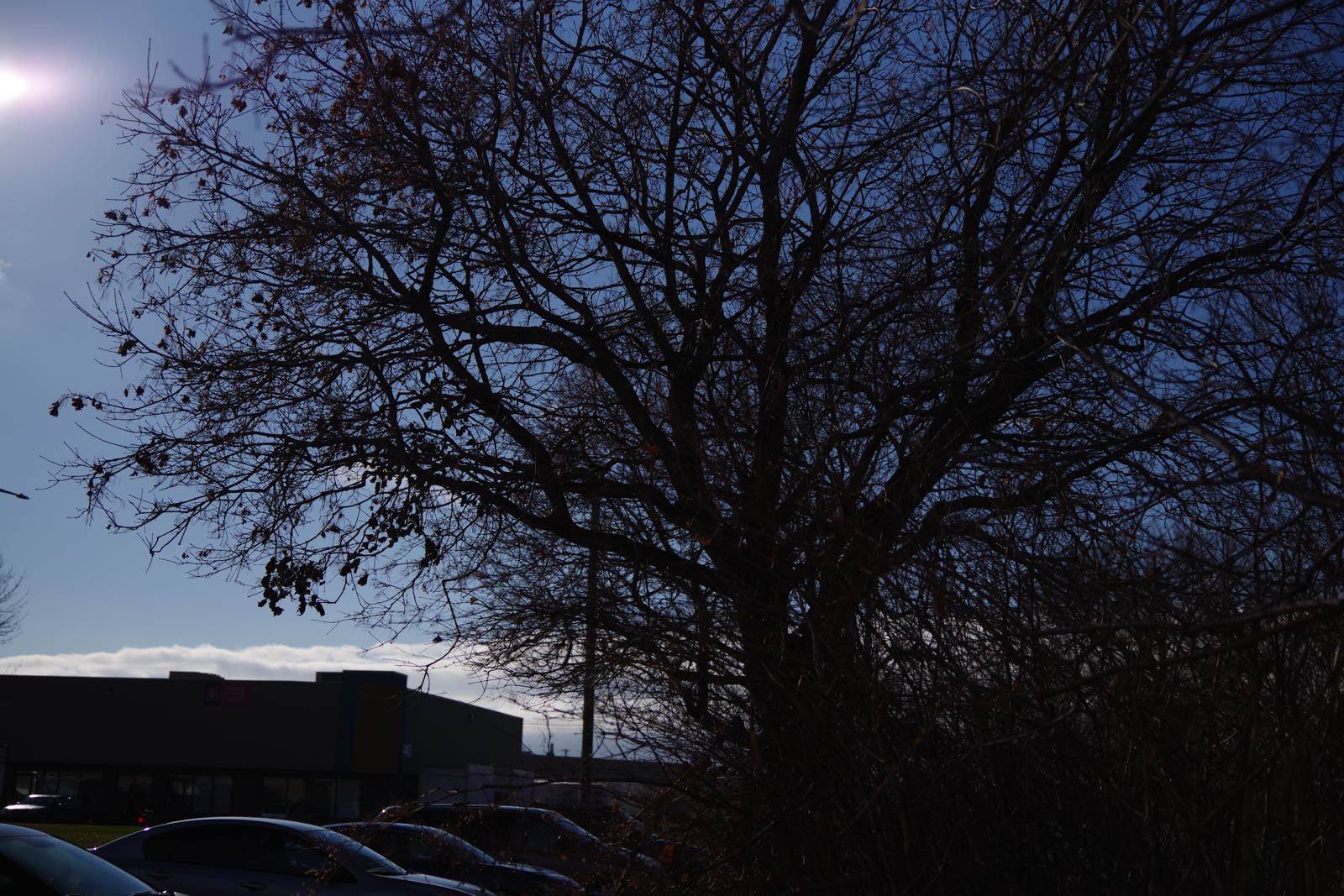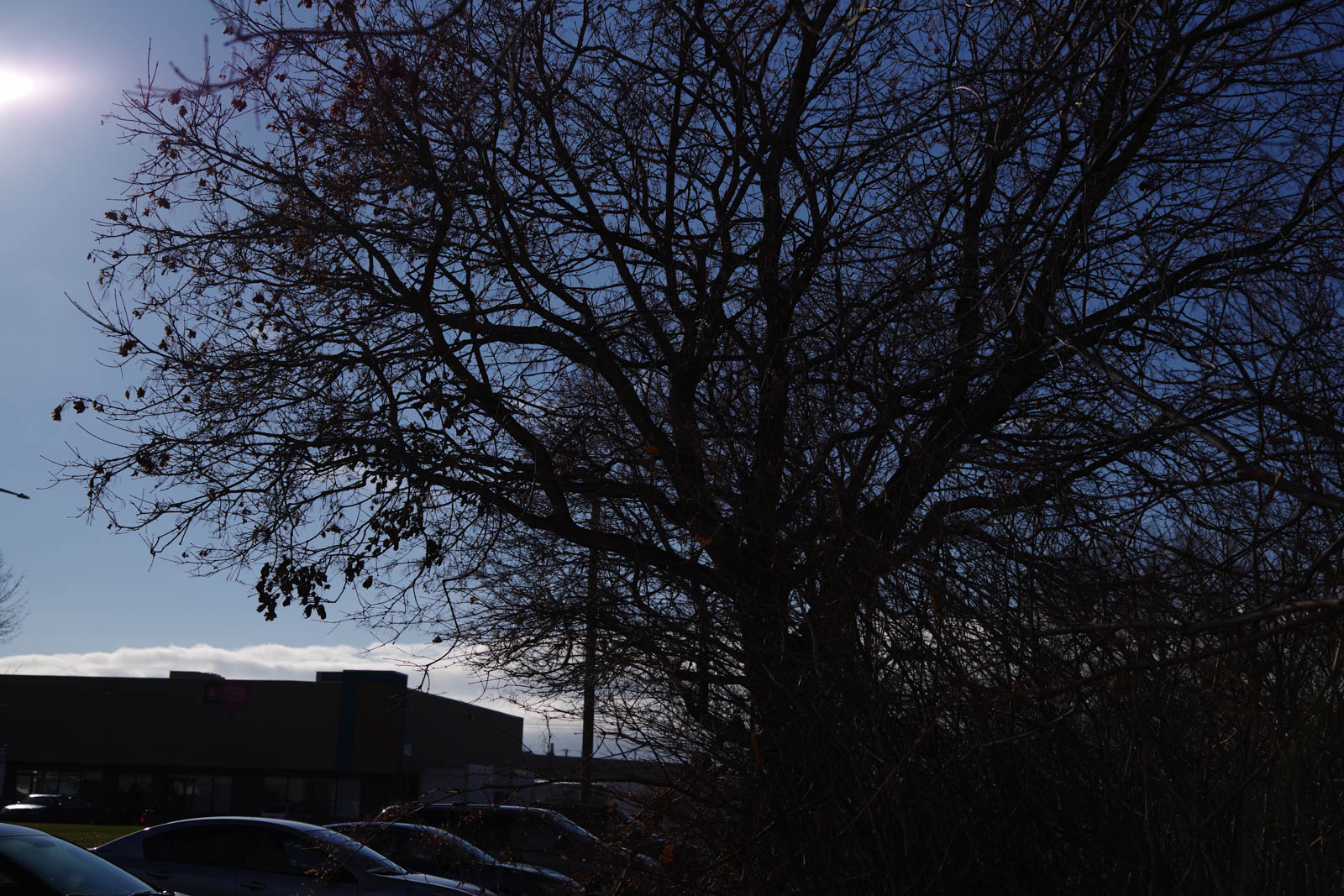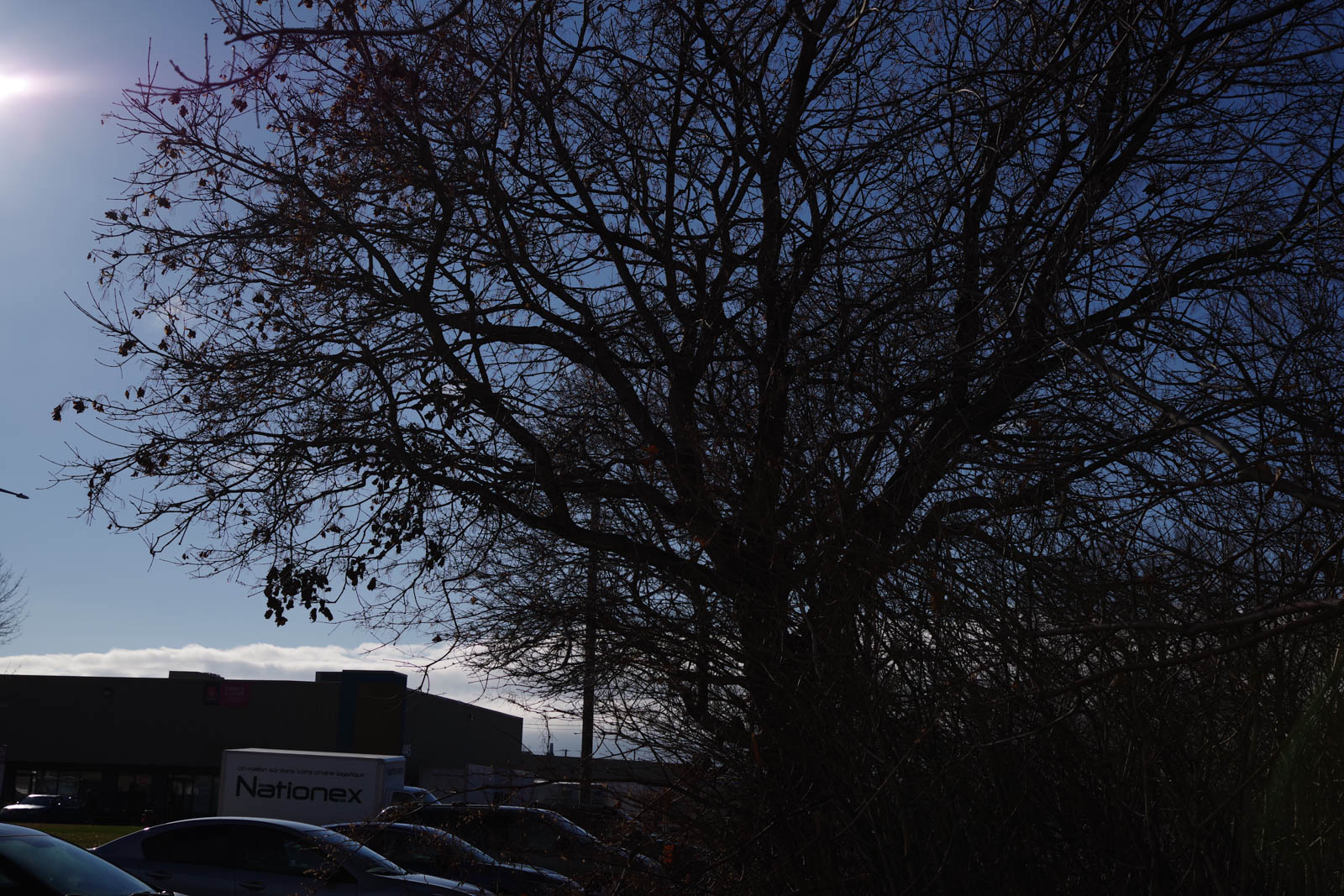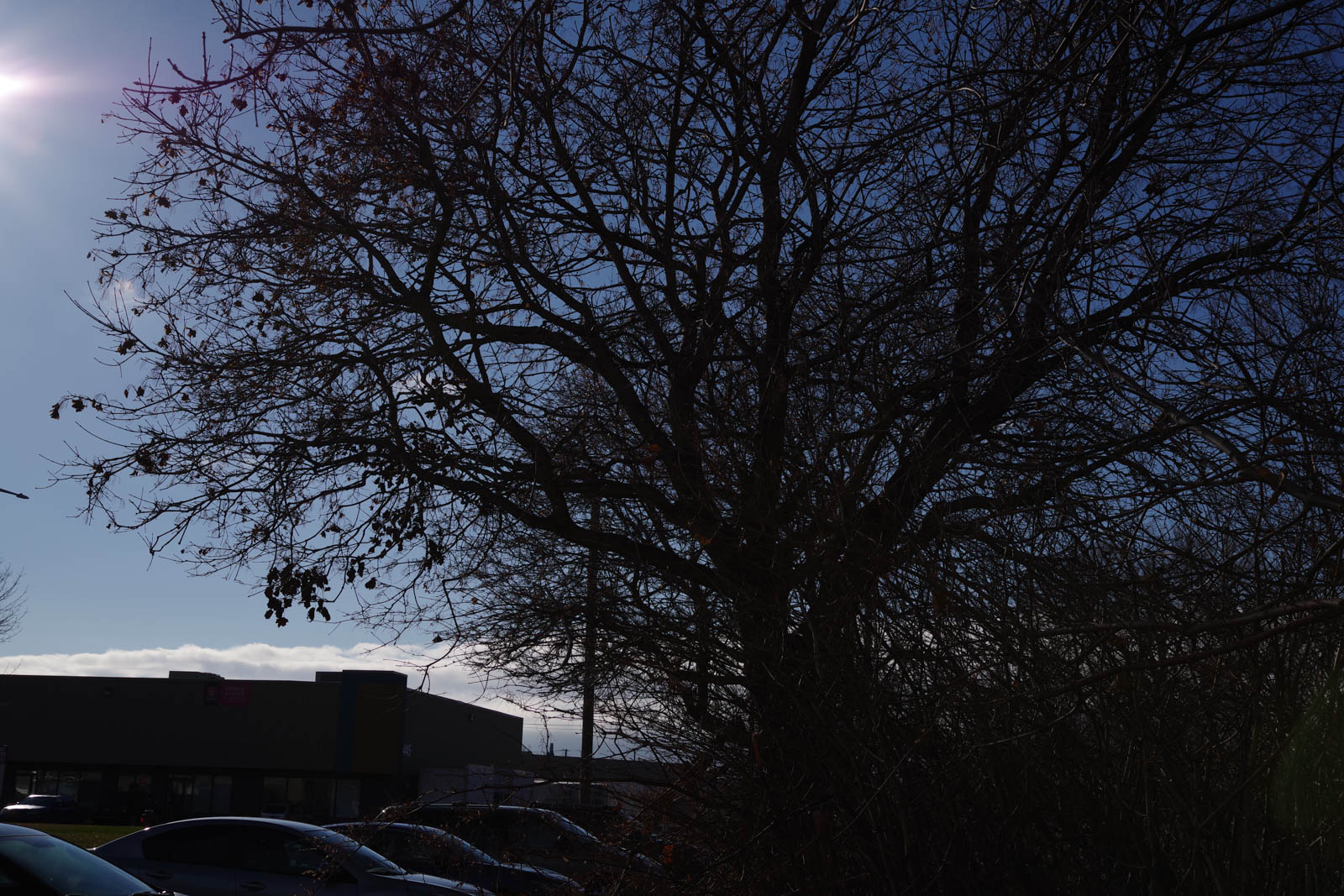HD Pentax-D FA 24-70mm F2.8 ED SDM WR
Aberrations
No lens can be totally free of optical flaws. The following list describes the main defects that a lens can suffer from.
Name | Description |
| Chromatic aberration | Different colors do not have the same focus point. The result is colored lines (usually red or green) on edges showing a sharp transition from clear to dark tones, and a general decrease of the sharpness. Occurs mostly at wider apertures. Easy to correct via software. Mitigated by the use of achromatic lens elements. In simple terms, lateral CA occurs in the in-focus zones, while longitudinal CA occurs in out-of-focus zones. |
| Purple fringing | Sometimes caused by chromatic aberration effects. Can also occur because the RGB color filters in front of pixels create differences in pixel sensitivities. Creates a purple band on edges showing a sharp transition from clear to dark tones. Occurs mostly at wider apertures. Easy to correct via software. |
| Flare | Internal reflections on the various lens elements cause a decrease of contrast, the apparition of a bright veil, or ghosting. Occurs if an image includes bright light sources, especially if the light source is near the edge. Using a lens hood helps to control flare. Better lens coatings greatly reduce the effect. |
| Ghosting | A type of flare causing artifacts (orbs) to appear on an image including bright light sources, especially if the light source is near the edge. Can be used artistically. |
| Coma | Flaws in the optical design cause point sources (such as stars) located on the sides of the frame to appear elongated. Dependent on the lens design. |
| Distortion | Straight lines appear curved. Dependent on the lens design. Tested in another page. |
| Spherical aberration | Light rays hitting the sides of the lens do not have the same focus point as those passing through the center. Mitigated by the use of aspherical elements. |
Not all of those optical effects are easy to test independently. Purple fringing and chromatic aberrations are almost always coupled, and will be tested together. Flare and ghosting will also be measured as a pair. Distortion will get its own page later in this review. The other aberrations will not be formally tested as their effects are both harder to isolate and generally better controlled by design.
Flare
Flare will affect images in which a bright light source, such as the Sun, is present in the frame or near its border. The use of a lens hood helps reduce the effect for side lighting, as does a recessed front element. High-quality lens coatings play a very important role in minimizing flare, by improving light transmission and minimizing internal reflections.
The Pentax 24-70mm is a modern lens designed by Tamron, but using some of Pentax's newest and most renowned coatings. In particular, it uses the HD generation of coatings which superseded the venerable SMC. On the other hand, there is no indication that it benefits from Aerobright or other Pentax technologies.
Flare Test One - Center-of-Frame Sunlit Flare
For this test, we placed the sun near the center of the frame, directly illuminating the sensor. We offset the sun slightly in order to see eventual ghosting which could be hidden if there was a straight line between the light source and the sensor. Pictures were captured at various apertures, at 45mm. You can click on the thumbnails for larger views.
| F2.8 |  |
| F4 |  |
| F5.6 |  |
| F8 |  |
| F11 |  |
| F16 |  |
| F22 |  |
Results are excellent with the Sun in the center. There is a faint halo wide open, which gets more visible and defined as the aperture closes down, but it is not bothersome. Ghosting is kept to a minimum, with small patterns becoming noticeable at F8.
Flare Test Two - Edge of Frame
For this test, we placed the Sun in the top right corner of the frame, directly illuminating the sensor. You can click on the thumbnails for larger views.
| F2.8 |  |
| F4 |  |
| F5.6 |  |
| F8 |  |
| F11 |  |
| F16 |  |
| F22 |  |
One diffuse spot appears at F5.6 at the bottom right corner, becoming more defined with smaller apertures. It is joined by a second spot, close to the light source, at F11 and smaller. Not perfect results, but better than average.
Flare Test Three - Edge of Frame with hood
For this last test, the Sun was moved right over the edge of the frame, and the hood was put in place to evaluate how useful it is against flare.
| F2.8 |  |
| F4 |  |
| F5.6 |  |
| F8 |  |
| F11 |  |
| F16 |  |
| F22 |  |
The hood is surprisingly effective. The diffuse spot observed in the previous test is still present, but less bothersome, and the second spot nearer to the Sun is absent for this third test.
Chromatic Aberration Test
For this test we used a well-lit, sharp transition from dark to bright, in order to make manifest any chromatic aberration present in the image.
We then looked at three parts of the image: the focus point, the top and the bottom (beyond and before the focus point). You can click on the images to see 100% crops, and navigate by using the left-right arrows.
Center | Top | Bottom | |
| F2.8 |  |  |  |
| F4 |  |  |  |
| F5.6 |  |  |  |
| F8 |  |  |  |
| F11 |  |  |  |
| F16 |  |  |  |
| F22 |  |  |  |
Results are superb, both for lateral and longitudinal chromatic aberrations. There is no trace of any color shift, even at wider apertures where such effects are usually more apparent. This is a remarkable level of control.
Purple Fringing
There is a hint of purple fringing on the bottom images at F2.8 and F4 (on the curve of the spade). This should not be bothersome in real-life scenarios.
Verdict
The lens performs above expectations for CA and PF control, showing no hint of chromatic aberrations at any aperture, both for the in-focus and out-of-focus areas of the frame. Purple fringing is also kept under control, with only the bottom out-of-focus images showing hints of PF at the two widest apertures.
Flare and ghosting are kept tightly under control. While the results are not perfect, they are much better than average. The thin hood plays its role and helps in keeping ghosting to a minimum.


